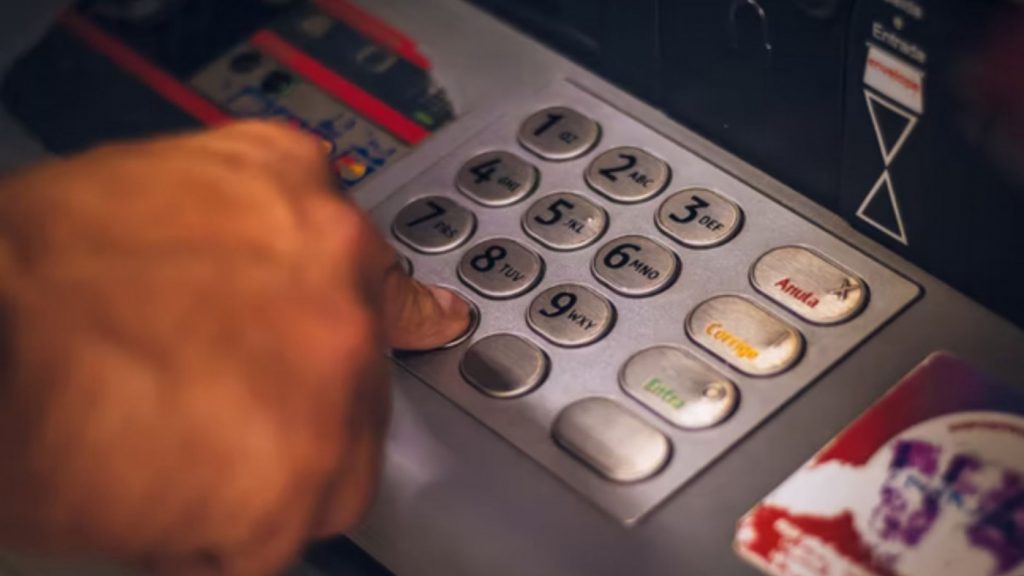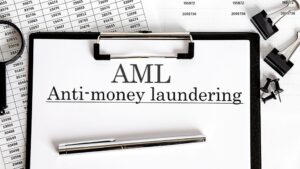Despite its global nature, correspondent bank has seen a decline in recent years as a result of a number of factors, including financial institution business strategy and risk-related considerations, all set against the backdrop of more stringent AML/CFT (Anti-Money Laundering/Counter-Terrorist Financing) regulations in recent years. Even with norms in place to manage correspondent banking risks, the hazards to the financial system remain ever-present.
Because many offenders use foreign transaction choices in the layering or integration stages, money laundering has a global dimension. Correspondent banks are critical in the facilitation of cross-border money laundering transactions. Criminals employ the banks that lack effective anti-money laundering (AML) regulations to transfer their unlawful proceeds to jurisdictions where they can be used without difficulty. We’re seeking to get a better understanding of correspondent banking AML risk and national and international policies that can help mitigate it.
Table of Contents
Key TakeawaysWhat Is A Correspondent Bank?Correspondent Banking RisksRisk AssessmentsImplementing And Acting On RiskFirst Hand InsightsSummary
Key Takeaways
Correspondent banks are domestic banks that have been established to provide services to a bank or financial institution in another nation.Correspondent banking is a critical component of the global payment system, and it is heavily reliant on international trade.Money transfers, currency exchange, trade documentation, and business transactions are all services provided by a correspondent bank.
What Is A Correspondent Bank?
The FATF (Financial Action Task Force) defines correspondent banking as “…the supply of financial services by one bank (the “correspondent bank”) to another bank (the “respondent bank”).” Correspondent banks are usually larger international banks that act as intermediaries for smaller banks all around the world. Respondent banks and their customers use correspondent banking services as a conduit to the global financial system, which comes with risks.
Correspondent Banking Risks
The risks and dangers have been well-known for some time, with both old and new guidelines easily available. To aid in the management of correspondent banking risks, the FATF, the Wolfsberg Group, and the BIS (Bank for International Settlements) have all offered guidelines. Because of the nature of the hazards, effective risk management looks to be a mystery.
The major dangers associated with correspondent banking revolve around the fact that the correspondent bank does not often have a direct relationship with the respondent bank’s underlying clients. While the correspondent bank has access to SWIFT (Society for Worldwide Interbank Financial Telecommunication) message information, it may be limited in terms of the real nature or purpose of the underlying transactions of the responding bank’s customers.
Risk Assessments
Risk assessments of correspondent banking connections are likely to be familiar to many AML compliance experts. While this is not an entire list, some of the well-known factors considered during risk assessments include:
Ownership and management of the responding bank, as well as any PEP (politically Exposed Person) participationJurisdiction risk associated with the respondent bank, its Ultimate Beneficial Owners (UBOs), management, and clients.Regulatory and supervisory frameworks that the respondent bank is subject to the respondent bank’s business and customer baseWhether the respondent bank conducts ‘Downstream Correspondent Banking,’ in which the respondent bank that receives correspondent banking services also provides correspondent banking services to other financial institutions.The respondent bank’s and its UBOs’ track records, both regulatory and legal – i.e., any negative news or fines the respondent or anyone associated with it may have been subject to the respondent bank’s AML/CFT controls.Additional findings from client visits to the respondent bank, as well as senior management approval of connections
The Wolfsberg Group has recently released an updated version of their correspondent banking questionnaire, the CBDDQ (Correspondent Banking Due Diligence Questionnaire), as well as accompanying recommendations to assist financial institutions in managing risks. The completion of the questionnaire should be used as a starting point for assessing risks, not as proof that a respondent bank will offer an acceptable risk to the correspondent bank.
Although that there is a lot of information and guidelines for assessing correspondent banking risks, there are still some issues with how successful the assessment may be. A correspondent bank, for example, may provide its AML/CFT rules and procedures, but determining whether they are all truly effective is tough. Similarly, while the size of a responding bank’s compliance team may appear adequate in comparison to the size of its activities, determining the level of experience of the entire team in effectively managing risks would be challenging. While everything may appear to be in order “on paper,” determining the effectiveness of the AML/CFT controls may be more difficult.
Implementing And Acting On Risk
In order for the recommendations and standards on controlling correspondent banking risk to be successful, they must be implemented in practice. The recent Consent Order issued by the NYDFS (New York Department of Financial Services) to Deutsche Bank in relation to its management of correspondent banking risks related to FBME (Federal Bank of the Middle East Ltd) and Danske (Danske Bank A/S) emphasizes the importance of acting when there are risks.
Although the Dankse case has received a lot of attention in the media, the FBME case has received less attention. Due to Cypriot legislation restricting domestic financial organizations that primarily provide offshore banking services, FBME was founded in the Cayman Islands in 1986, according to the Consent Order. After the 11 September 2001 terrorist strikes in the United States and the passage of the USA PATRIOT Act, the Cayman Islands enacted laws mandating all banks registered in the territory to establish a physical presence in the island. Instead of complying with the new legislation, FBME started the process of migrating to Tanzania, which it completed in 2003.
Services offered to ‘shell banks’ (banks that have no physical presence in the country in which they are incorporated and licensed) were phased out under the USA PATRIOT Act, and correspondent banks frequently ask respondent banks if they prohibit services/relationships with shell banks as part of their due diligence questions. Deutsche Bank should have revealed FBME’s objectives and justification for first locating in the Cayman Islands due to restrictions imposed in Cyprus, and then shifting to Tanzania when those limits were tightened in the Cayman Islands as well.
Despite the significant number of questionable transactions involving FBME, the Consent Order states that Deutsche Bank facilitated 478,379 dollar-denominated transactions totaling more than $618 billion over the partnership, which lasted from 1999 to 2014. In addition to the suspicious transactions noted by Deutsche Bank, they were occasionally not provided beneficial owner information on request for FBME’s clients, with the respondent citing local laws – both of these issues should have been addressed when assessing risks and deciding whether to continue the relationship.
First Hand Insights
It is not enough to merely ensure that all KYC (Know Your Customer) information is on file when evaluating correspondent banking connections. Given the restrictions mentioned above, where guidelines and standards may not be sufficient, an assessment should be done by not just accepting but also evaluating the data supplied by the respondent bank. This may seem self-evident, but I have witnessed firsthand a failure to consider what has been provided on numerous occasions. In one case, a bank had passed risk assessments for several years with no one examining the relationship between a business and its UBOs in the ownership structure and the responding bank.
The organization in question was registered in a tax haven, and its UBOs together owned more than 10% of the respondent bank, although having individual ownership of less than 10%. The UBOs were proxies, had no real ownership of the respondent bank, and had been placed in the ownership structure purely to lower the actual holdings of the true significant owners. This had been overlooked in previous reviews because, on the surface, all the “boxes had been ticked,” but further inspection and query revealed that the UBOs were proxies, had no real ownership of the respondent bank, and had been placed in the ownership structure purely to lower the actual holdings of the true significant owners.
Another example is a European bank that, due to its size and scale, should have had automated transaction monitoring in place, but instead was utilizing a manual method. It would have been impossible to efficiently analyze that level of transactions given the size of its customer base and the volume of activity that would have been moving through it.
Despite the fact that the relationship manager had previously raised it as a point of worry in connection to the relationship, the issue had not been called into question as part of earlier risk assessments in this situation. Finally, when upgrading a bank’s risk assessment requirements, it was completely disregarded that correspondent banking arrangements necessitate additional considerations as compared to, say, a regular corporate entity. While the KYC information would have been properly stored, the real risk assessment would have been completely overlooked.
Summary
Risk management in correspondent banking is not a new difficulty or requirement; correspondent banks should have a good awareness of who they’re dealing with. They may not have access to the personal information of every individual bank customer, but they should take steps to have a better understanding of the relationship they are entering or continuing. It might mean the difference between helping global finance and helping financial crime.





